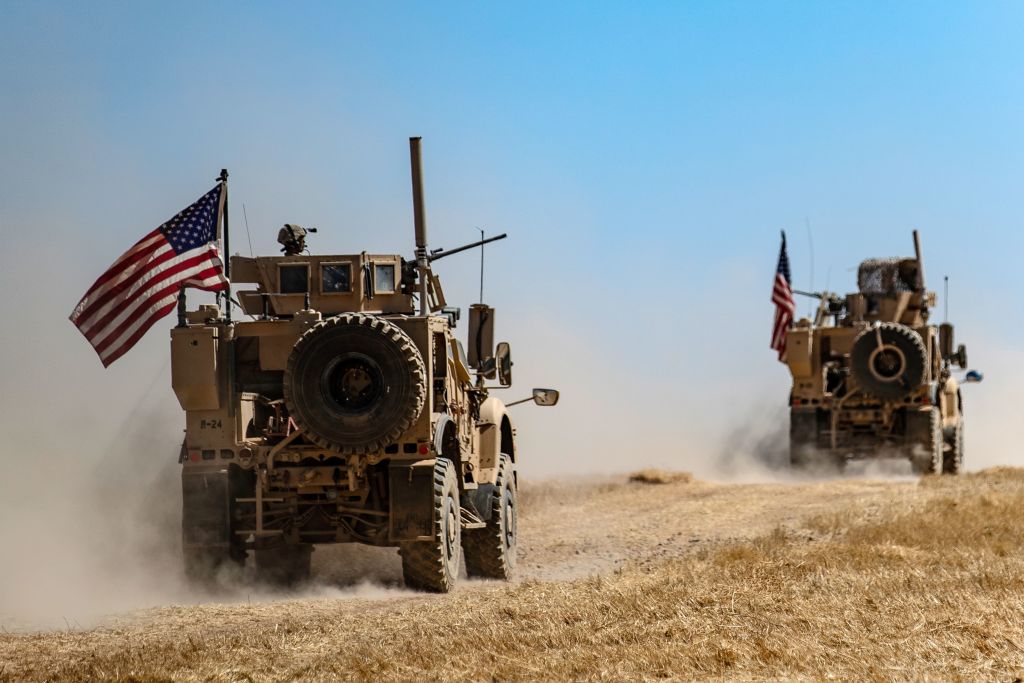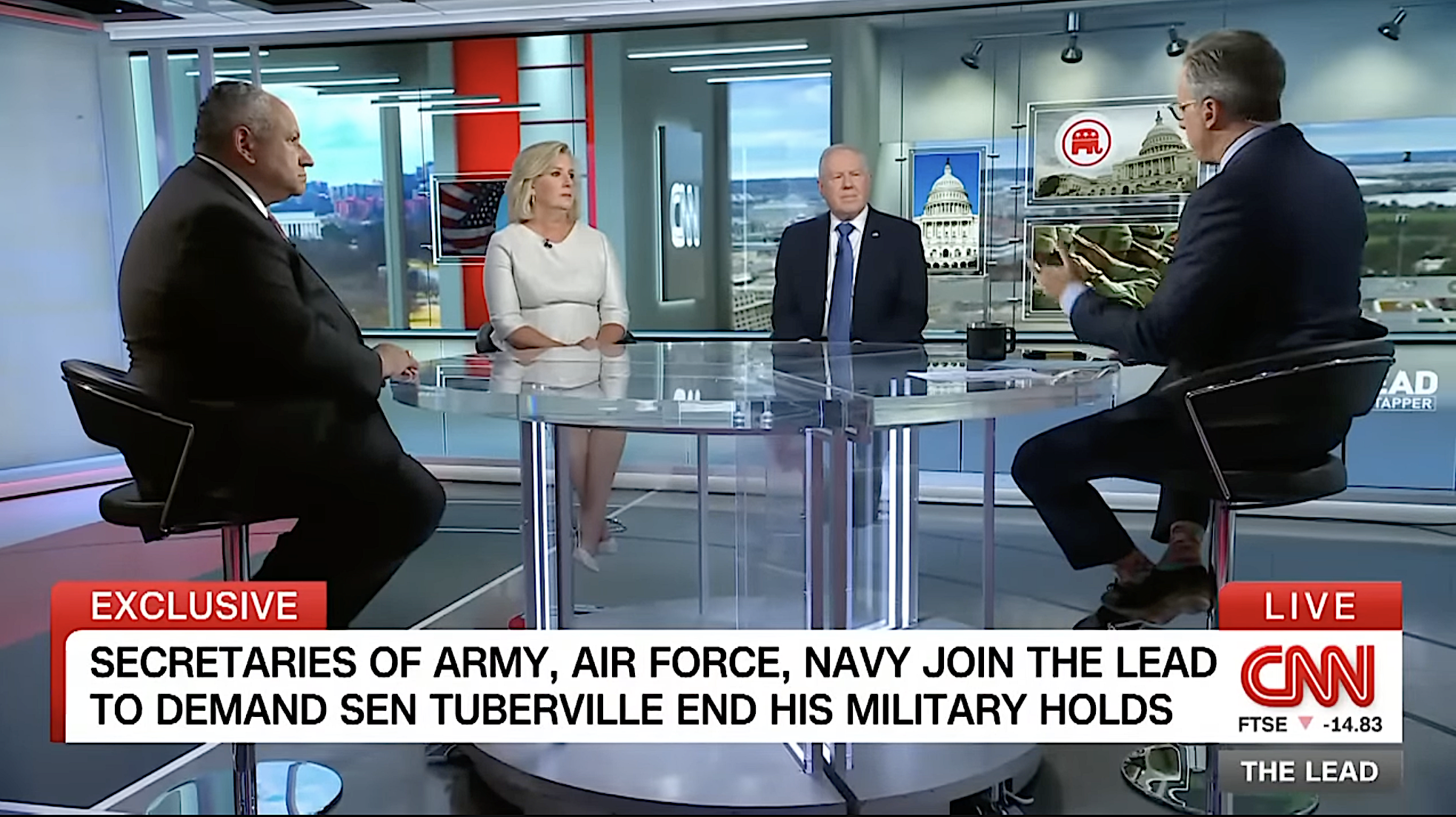Iraq says U.S. forces evacuating Syria don't have permission to remain in Iraq


Iraq on Tuesday gave the U.S. military the old bartender's line at closing time: You don't have to go home, but you can't stay here.
U.S. Defense Secretary Mark Esper said over the weekend that most of the roughly 1,000 U.S. troops leaving Syria on President Trump's orders would go to western Iraq and perhaps continue to conduct operations against the Islamic State in Syria, though he suggested Monday that some smaller number might stay in Syria to guard oil fields. On Tuesday, Iraq's military said "all U.S. forces that withdrew from Syria received approval to enter the Kurdistan Region so that they may be transported outside Iraq," but "there is no permission granted for these forces to stay inside Iraq."
A senior U.S. defense official later told Reuters that the situation in Iraq and Syria was still fluid and plans may change.
The Week
Escape your echo chamber. Get the facts behind the news, plus analysis from multiple perspectives.

Sign up for The Week's Free Newsletters
From our morning news briefing to a weekly Good News Newsletter, get the best of The Week delivered directly to your inbox.
From our morning news briefing to a weekly Good News Newsletter, get the best of The Week delivered directly to your inbox.
More than 5,000 U.S. troops are already in Iraq, and growing that number significantly would have political ramifications in a country the U.S. invaded in 2003, left in 2001, then returned to help Iraq fight ISIS. Meanwhile, The New York Times reports, "news of the American withdrawal set off jubilation among Islamic State supporters on social media and encrypted chat networks. It has lifted the morale of fighters in affiliates as far away as Libya and Nigeria."
A free daily email with the biggest news stories of the day – and the best features from TheWeek.com
Peter has worked as a news and culture writer and editor at The Week since the site's launch in 2008. He covers politics, world affairs, religion and cultural currents. His journalism career began as a copy editor at a financial newswire and has included editorial positions at The New York Times Magazine, Facts on File, and Oregon State University.
-
 A foodie guide to Edinburgh
A foodie guide to EdinburghThe Week Recommends Go all-out with a Michelin-starred meal or grab a casual bite in the Scottish capital
-
 Political cartoons for December 24
Political cartoons for December 24Cartoons Wednesday's political cartoons include Christmas in Greenland, grinchflation, and California floods
-
 Is there a Christmas truce in the Starmer farmer ding-dong?
Is there a Christmas truce in the Starmer farmer ding-dong?Today’s Big Question There’s an ‘early present’ for farmers but tensions between Labour and rural communities remain
-
 British warship repels 'largest Houthi attack to date' in the Red Sea
British warship repels 'largest Houthi attack to date' in the Red SeaSpeed read Western allies warn of military response to Iranian-backed Yemeni rebels if attacks on ships continue
-
 Houthi rebels claim Red Sea ship attacks
Houthi rebels claim Red Sea ship attacksspeed read Iran-backed Yemeni group vows to escalate aggression towards Israel-linked vessels in revenge for Gaza war
-
 Israel plans next phase of Gaza war as first hostages released
Israel plans next phase of Gaza war as first hostages releasedSpeed read After four-day ceasefire 'we will not stop' until destruction of Hamas, says Israel
-
 Mob storms Russian airport 'looking for Jews'
Mob storms Russian airport 'looking for Jews'Speed Read Plane from Israel surrounded by rioters chanting antisemitic slogans after landing in Russia's Dagestan region
-
 Tuberville's military promotions block is upending lives, combat readiness, 3 military branch chiefs say
Tuberville's military promotions block is upending lives, combat readiness, 3 military branch chiefs saySpeed Read
-
 Ukraine's counteroffensive is making incremental gains. Does it matter in the broader war?
Ukraine's counteroffensive is making incremental gains. Does it matter in the broader war?Speed Read
-
 US commissions first-ever Navy ship in a foreign port
US commissions first-ever Navy ship in a foreign portSpeed Read
-
 British spy chief, Wagner video suggest Prigozhin is alive and freely 'floating around'
British spy chief, Wagner video suggest Prigozhin is alive and freely 'floating around'Speed Read
